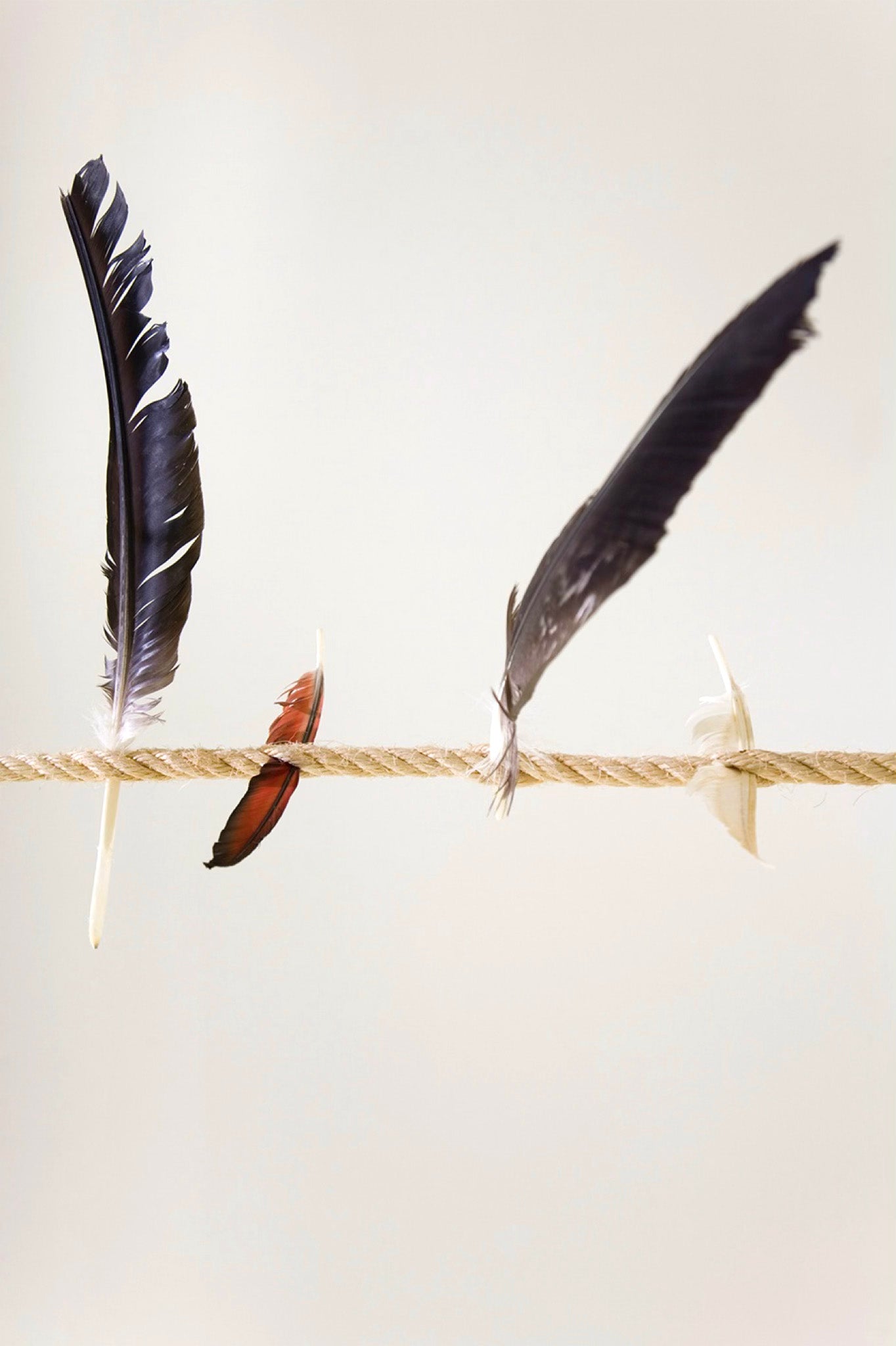
Two Birds and a Stone
Klaus Weber
01.11.25 – 14.03.26
Throughout history, several of the most influential philosophers and theorists—from Plato in the 5th century BC to Susan Sontag in 1964—have emphasized the capacity, and even the necessity, of art to stimulate the senses and emotions. However, much of its power also lies in its ability to awaken the mind and even to disturb it. Aware of this phenomenon, artist Klaus Weber explores the latent tensions between perception, reflection, and experience. Drawing on philosophical, social, and psychological foundations, he plays with the logics that shape reality and subjects them to processes of transformation, inviting people to question their own patterns of understanding. Rather than relying on visual aesthetics as a discursive vehicle, he uses staging as a tool for thought and symbolic mediation.
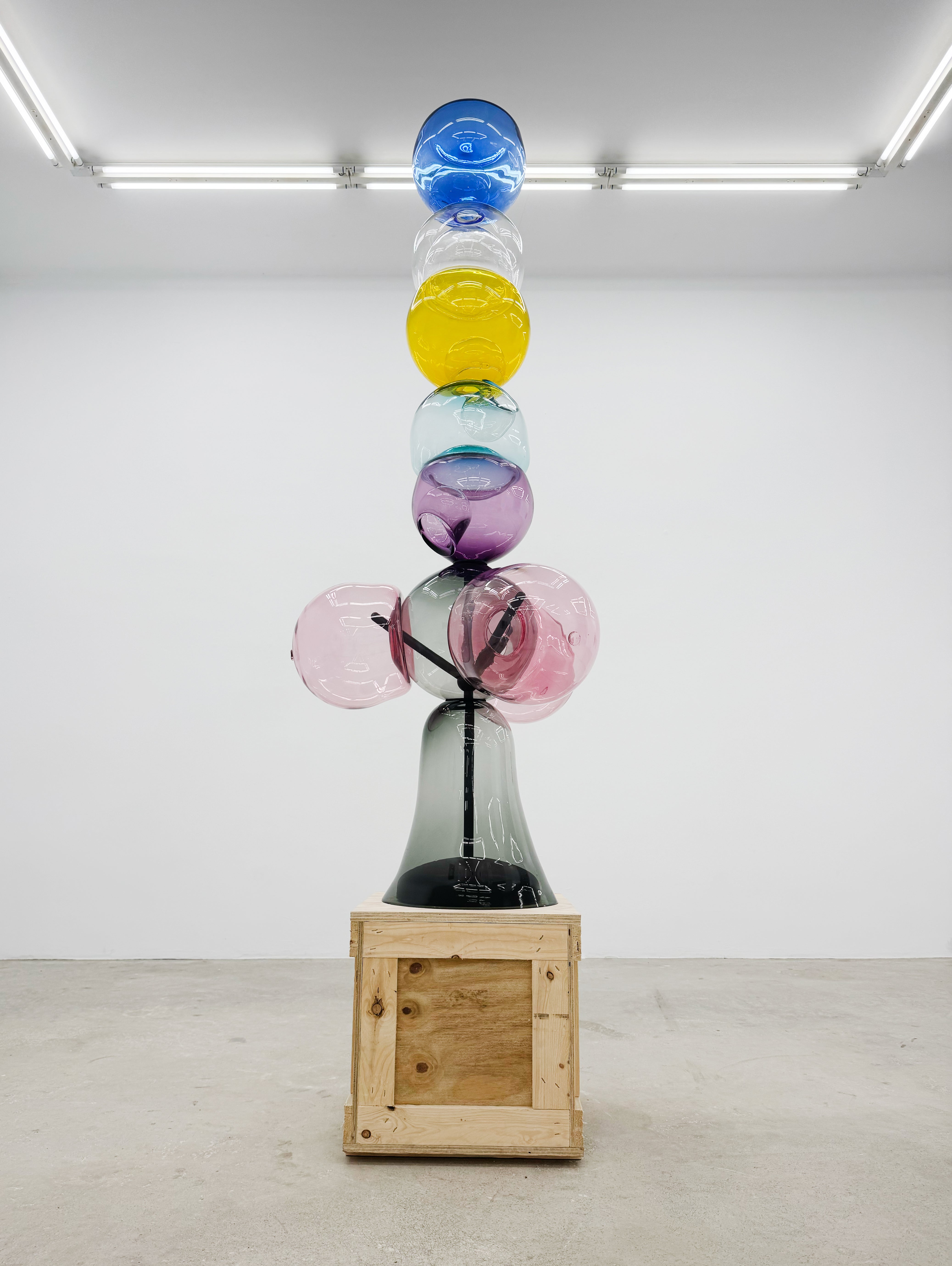
In his practice, Weber often employs double meanings, humor, wit, and “bisociation,” a concept developed by Arthur Koestler referring to the connection between previously unrelated ideas to generate original thoughts. In the sculpture Clock Rock, for example, the artist assembled a rockwith a pendulum to create a clock that measures Nothingness. The work confronts the immobility of the stone with the persistent oscillation of the pendulum, uniting two previously irreconcilable notions that, once fused, reveal a new and surprising logic. On the other hand, Weber is particularly interested in language as the source and subject matter of his work, understanding it as a system that shapes and is shaped by thought. In German, expressions such as “steinalt” or “Steinzeit,” which literally translate as “stone age,” are used to refer to something very old. This linguisticdimension runs through his practice and shows how words not only describe reality, but also shape it and condition its interpretation.
Likewise, the very title of the exhibition, Two Birds and a Stone, dismantles the well-known saying “kill two birds with one stone,” reducing it to its basic elements; what remains are fragments of language taken apart and rearranged, openingto multiple interpretations. This gesture embodies a utopian impulse that resonates with Roland Barthes' structuralist notion of simulacrum: questioning the fixed relationships between words, objects, and actions. If the original expression celebrates efficiency, mastery, and violence, Weber's reformulation proposes an alternative reality in which elements are arranged playfully and gently: perhaps one bird perches on another, the one above wears the stone as a hat, or both hold it together before letting it sink slowly into the water. The phrase thus opens up to the imagination and different possibilities.
Furthermore, his practice recognizes no material limits. Weber uses everything from synthetic substances—such as potentiated LSD used in the Public Fountain LSD Hall—to natural waste, paint, or glass. In each case, the artist assumes various roles—chemist, beekeeper, experimenter—while also embodying the contemporary artist: an intellectual agent who formulates questions, generates ideas, and stimulates social reflection. This conceptual and material diversity becomes evident in Two Birds and a Stone; where the exhibited works range from a silver-plated skateboard, drawings and paintings on canvas, instructions for the intervention of public sculptures, to a human bust topped with a plant as its head. Throughout the exhibition, randomly placed human eyes observe both the works and the visitors, reversing the traditional relationship between the viewer and the work of art: the one who looks is, in turn, looked at. But are all these objects worthy of being displayed in an art gallery? Where can we draw the line between the ordinary and the artistic? The artist deliberately alters these everyday structures, traces their possible deviations, and explores the impossible, seeking to undermine the metaphorical and real power of functionalist rationality.
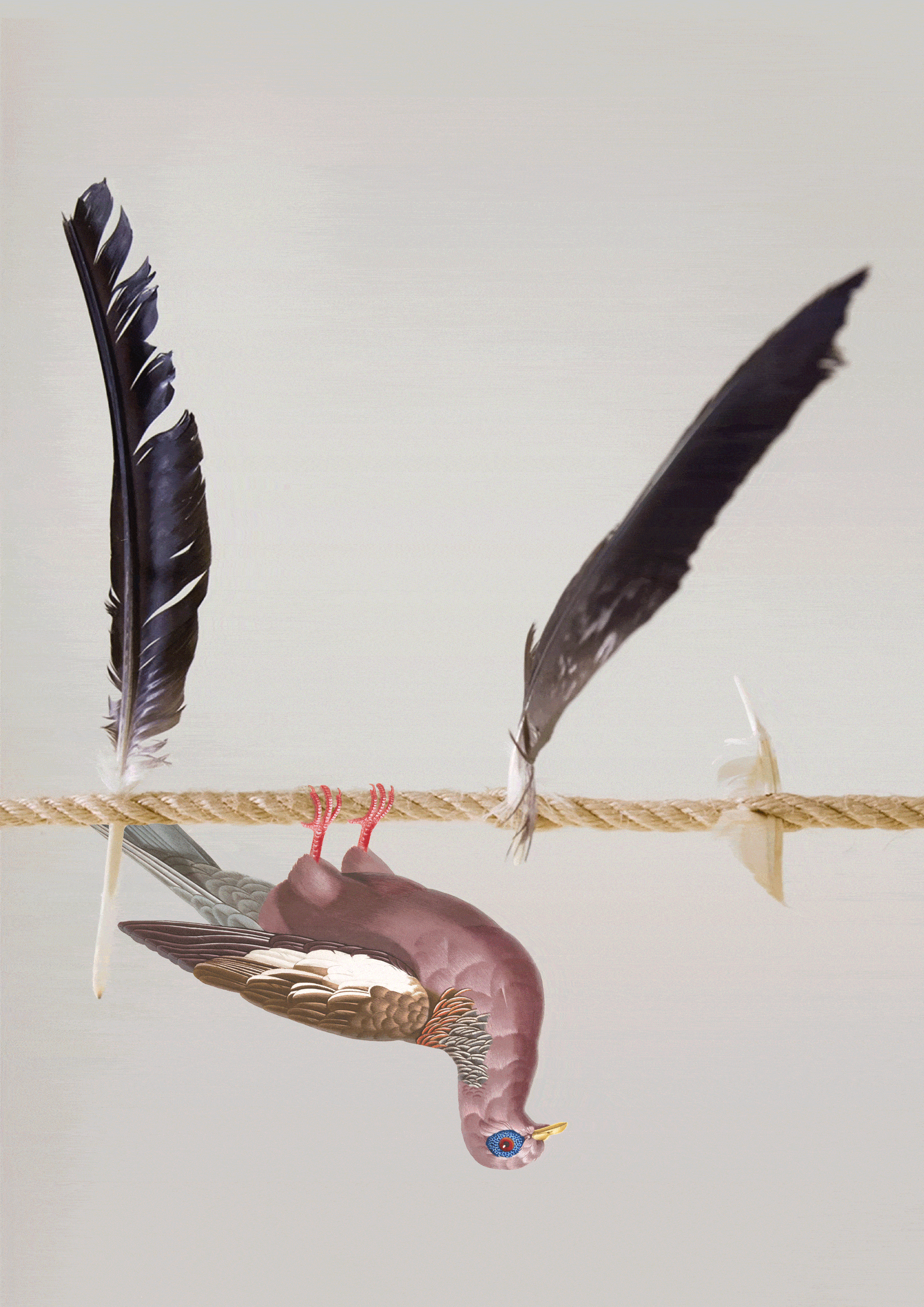
Two Birds and a Stone is the artist’s first solo exhibition at CCA Andratx. It features both works created in situ during his artist residency in September 2025 and earlier works, spanning more than a decade of artistic production.
Klaus Weber (1967, Sigmaringen, DE) is a German conceptual artist. He has exhibited at several of the world’sleading institutions and museums, such as the Secession Building (Vienna, AT), Notthingham Contemporany (Nottingham, GB), KW Institute for Contemporary Art (Berlin, DE), MOCA Museum (Los Angeles, USA), Mori Art Museum (Minato, JP), Frieze Projects (London, GB), Gropius Bau (Berlin, DE), Institute of Contemporary Arts (London, GB), Kunsthalle Wien (Vienna, AT), among others. He has also participated in Manifesta 7 (2008), the Lyon Biennale (2015), and Glasgow International (2014). His works are part of private and public collections in the United States, Germany, Austria, Finland, and Italy.
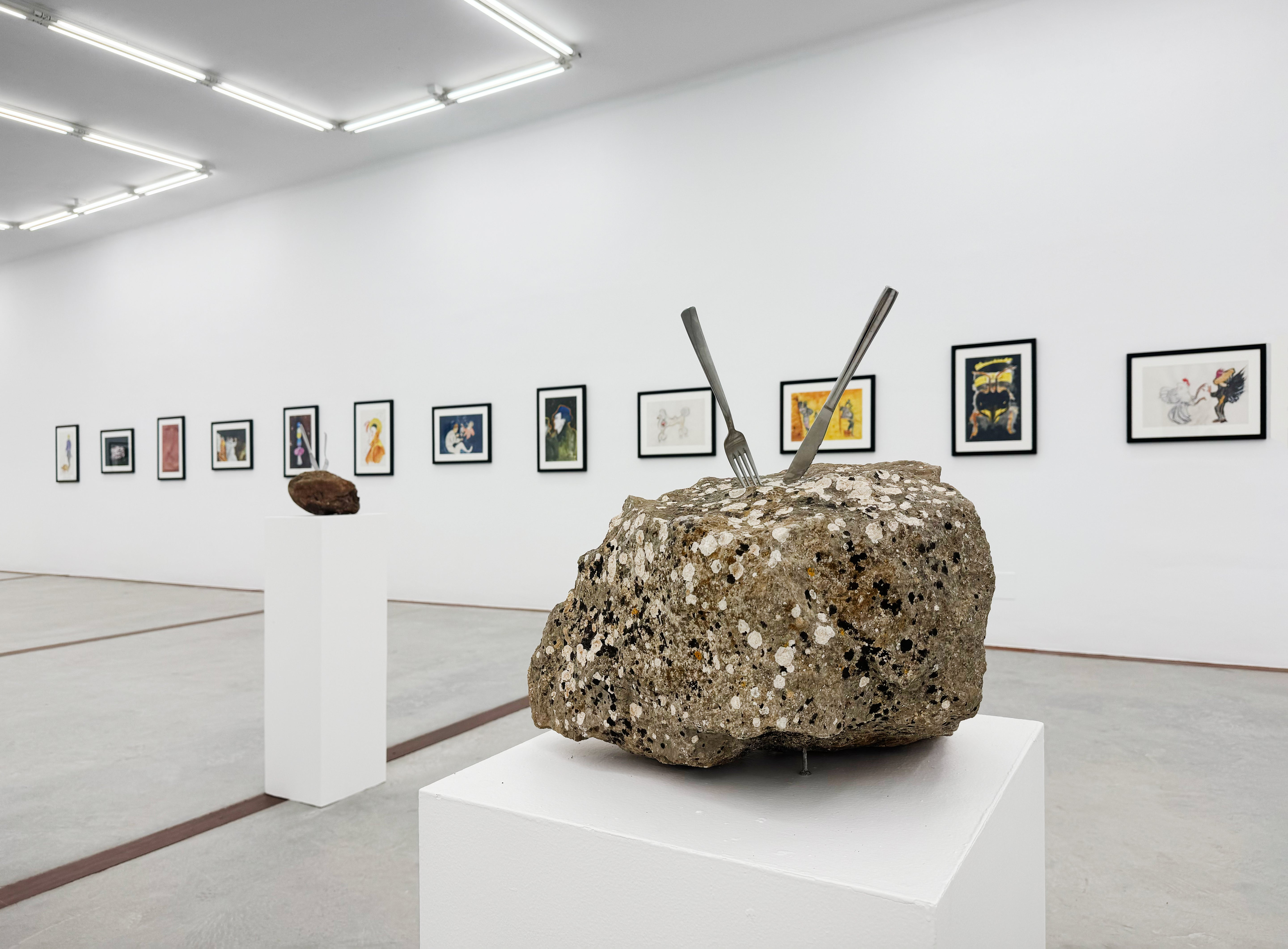
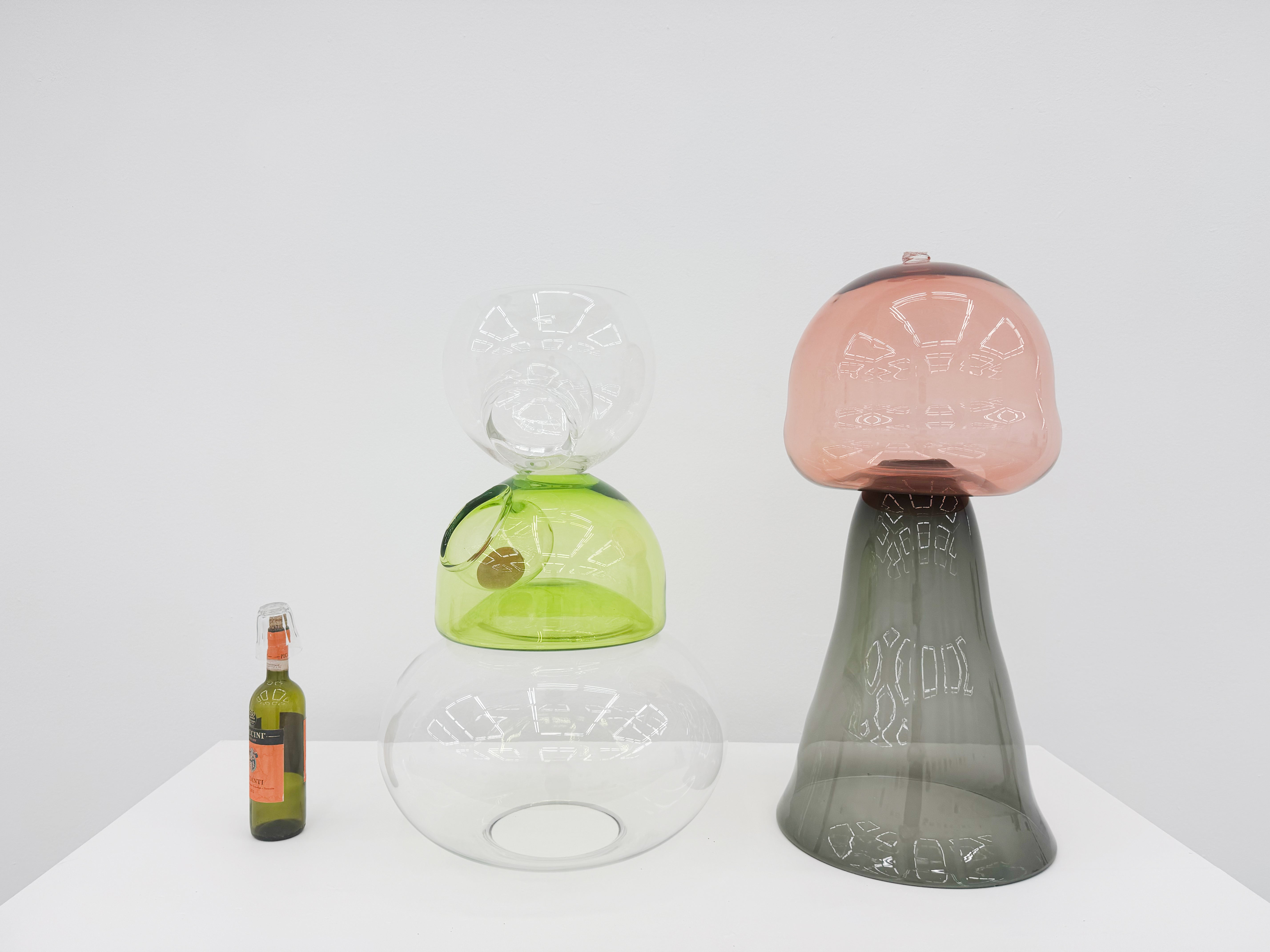
Plan your visit
Just 30 minutes away from beautiful Palma
Estanyera 2, 07150 Andratx, Mallorca, Spain
